There is an oft-overlooked step in the evolution of the sporting gun, which theoretically surpassed pin-fire and signposted the concept of centre-fire almost a decade before Daw launched the real thing onto the British market, with his purchase of patent rights to Schneider’s design, in 1861.
Many people consider the major step-changes of style from percussion-cap, to pin-fire, to centre-fire but, while these are the most frequently encountered developments, there is one other relic from the period which bridged the gap between the last two, but which never became widespread.
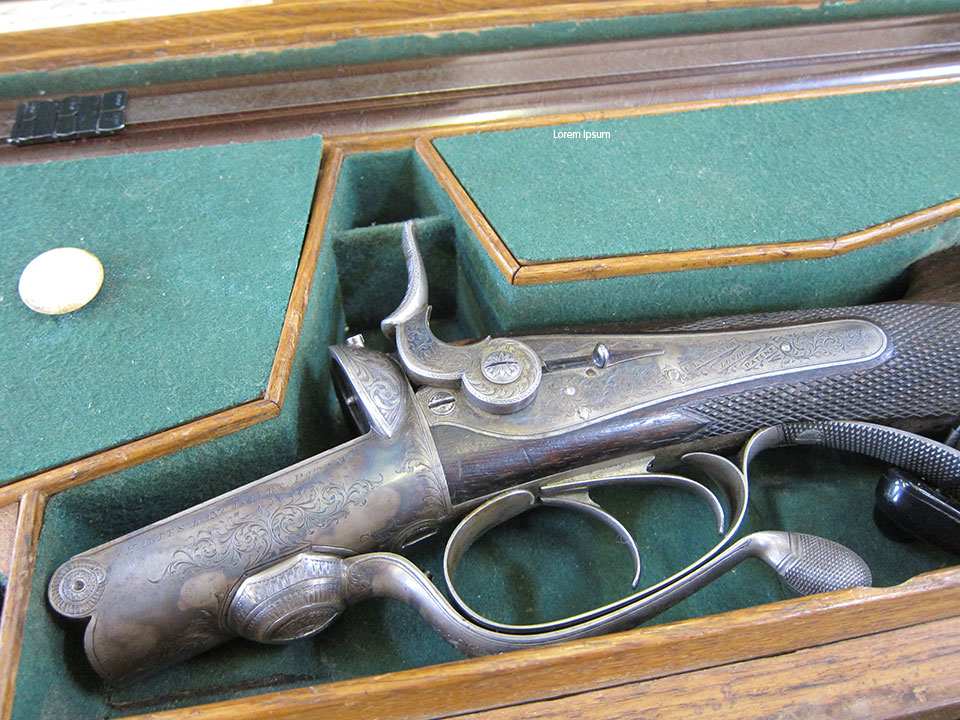
That concept was ‘Base-Fire’ and it was presented to sportsmen by Charles Lancaster in 1852, just after Casimir Lefaucheaux had exhibited the pin-fire breech-loader in London at the Great Exhibition, in 1851.
Looking at the two ideas side-by-side today, it is somewhat puzzling to reflect that it was the Lefaucheaux pin-fire that largely superseded percussion cap ignition, not the Lancaster base-fire. To modern eyes, base-fire very closely resembles later centre-fire guns. The ammunition looks identical, until the primer is examined more closely, and a base-fire hammer gun looks very like a centre-fire hammer gun until opened.
Surely, Lancaster’s was a much better system, without the clumsy pins sticking out of the side of the cartridge, protruding through a hole in the barrel. Pin-fire was slower and more fiddly to load, more prone to damage and malfunction and the guns appear flimsy and unsatisfactory when compared to Lancaster’s robust and beautifully engineered base-fire guns. Yet, we see lots of pin-fire guns today and few base-fires.
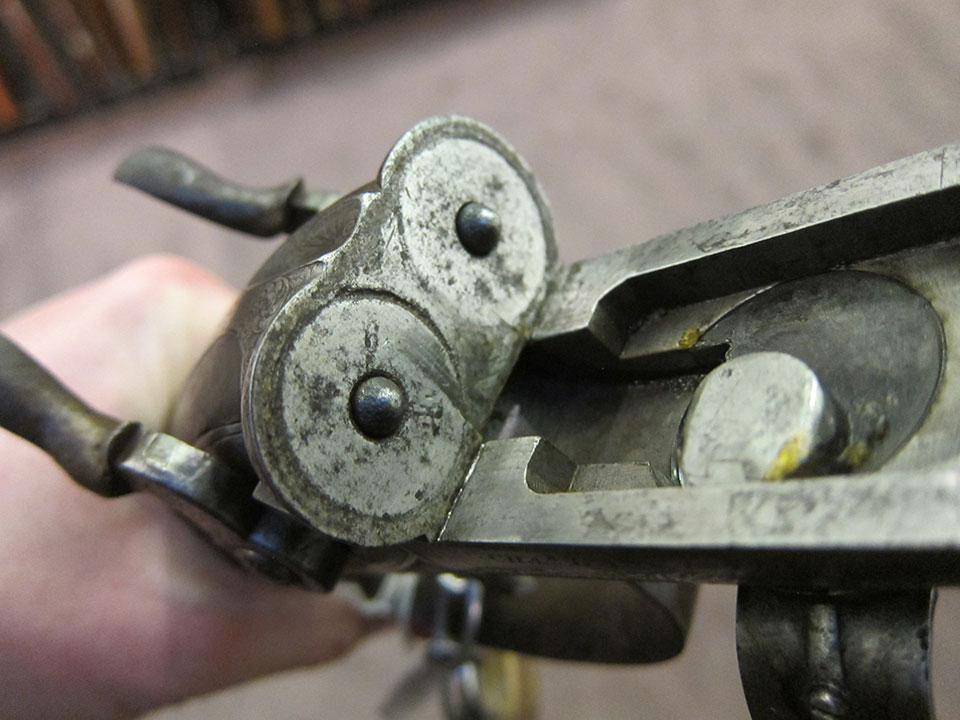
For ten years, there was a period in which sportsmen began to arrive at the conclusion that the concept of breech-loading had merit and the future was the breech-loader. Percussion muzzle-loaders did not give up without a fight. Many old sportsmen argued long and hard in the sporting press of the day, notably in The Field, that breech-loaders were dangerous, did not ‘shoot hard’ and were in other ways less effective than muzzle-loaders.
During this period (1852 - 1862) the main contenders for the attention of the public from the breech-loader camp were the Lancaster and the Lefaucheaux in various modified forms. The first British iteration of the pin-fire came from James Lang, in broadly Lefaucheax form.
The Lang is a flimsy looking gun by comparison with the Lancaster. Where it scores is speed of operation. The forward facing under-lever is flicked to the side and the barrels drop, released from the binding of the single lump. To close the gun, lift barrels to action and close the lever to bolt them together.
The Lancaster, by comparison, feels rock solid. It does, however, require more steps to operate. The under-lever resembles the 1859 Jones patent but instead of revolving a screw-grip, it moves a cam, which in turn slides the barrels forward on the bar. Once they reach the requisite point, they hinge downwards on a pivot.
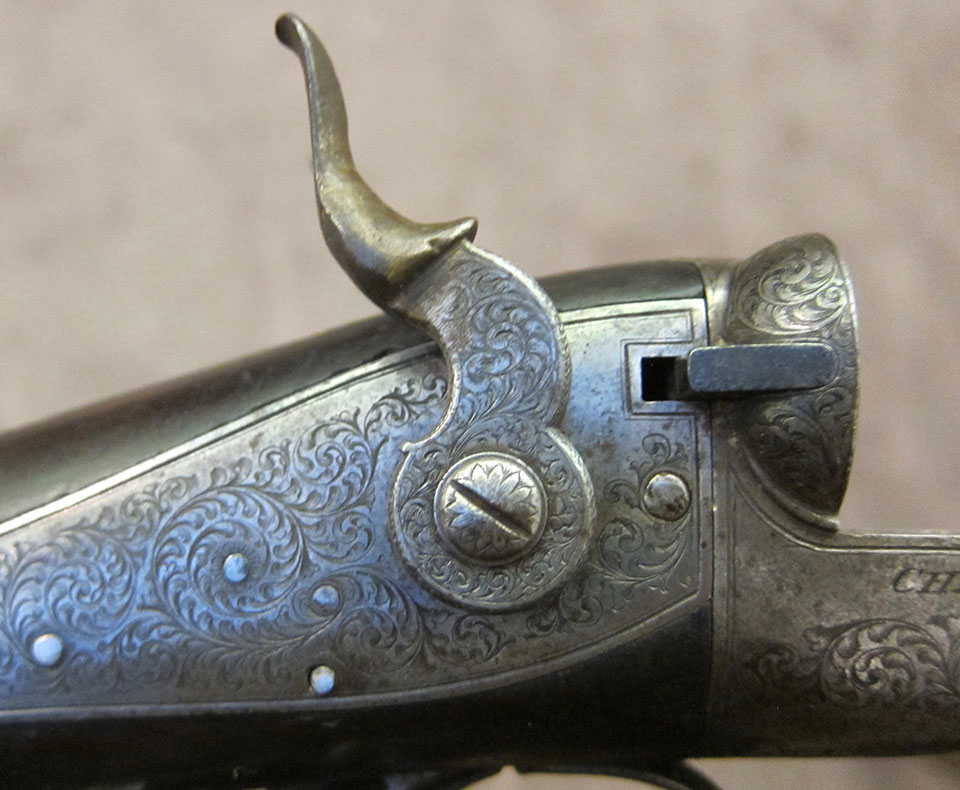
The gun can then be loaded, the barrels lifted to the horizontal and the cam (via operation of the lever) pulls them back to the breech-face, where they engage with bosses that slot into the head-space of the chambers and lock solidly into place. It is a remarkably robust system, perhaps the strongest ever conceived for a breech-loader.
So, it is a puzzle as to why the Lancaster dod not convince people. To the old-timers, whose main concern was safety, the system should have been quite convincing, certainly more so than the comparatively flimsy Lang. The Lancaster was slower to load than the Lang but still a lot faster to load than the percussion gun, so it would seem to be a good first-step away from the old system.
Mechanically, I can see insufficient merit in the Lang pin-fire over the Lancaster base-fire to signpost its greater success. History tells us that the real reason Lancaster’s better design failed in the market was his insistence on controlling the ammunition supplied. Lancaster wanted to sell all the base-fire ammunition himself, rather than letting bigger ammunition makers do so. He felt he held the patent rights to the gun and the ammunition so should benefit from both. I’m sure he envisioned making a fortune from millions of cartridges as well as from the sale of base-fire guns and rifles. Meanwhile, pin-fire cartridges were available to all the ammunition factories (like Eley Bros) and they made them in big quantities.
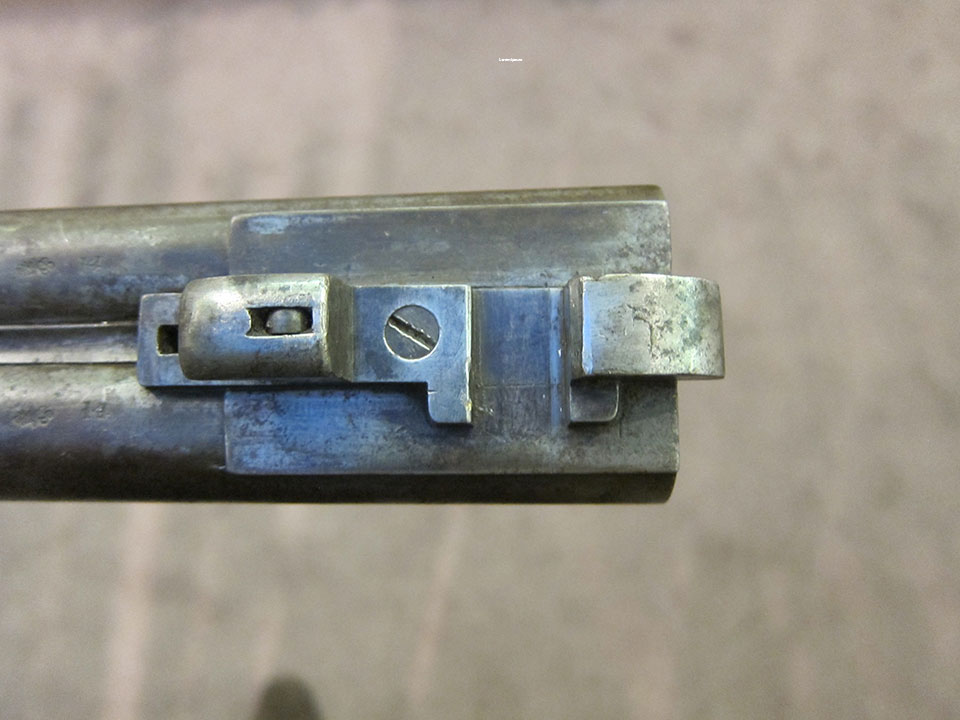
Customers considered availability of ammunition carefully when deciding on the purchase of a new gun. After-all if you couldn’t feed it, it was useless. Pin-fire cartridges were available in most places, base-fire were not. So, the sportsman, and other gunmakers began working on the pin-fire principle and soon the bolting systems on pin-fires had surpassed the strengths of the Lancaster.
In 1859 the Jones screw-grip offered secure, reliable bolting. Four years later, Purdey introduced his under-bolt, by which time centre-fire was already gaining traction. By the late 1860s the centre-fire breech-loader with top-lever, Purdey bolt, Scott spindle and rebounding locks was available and both pin-fire and base-fire were old news.
Lancaster could have had a decade of strong growth during the 1850s but his insistence on holding the software rights, as well as the hardware rights, proved to be the self-inflicted ham-stringing of his own horse.
Today we will, from time-to-time, encounter Lancaster base-fire guns and rifles and every time I do, I marvel at their beautiful quality, their wonderful engineering and the lost opportunity they represent.
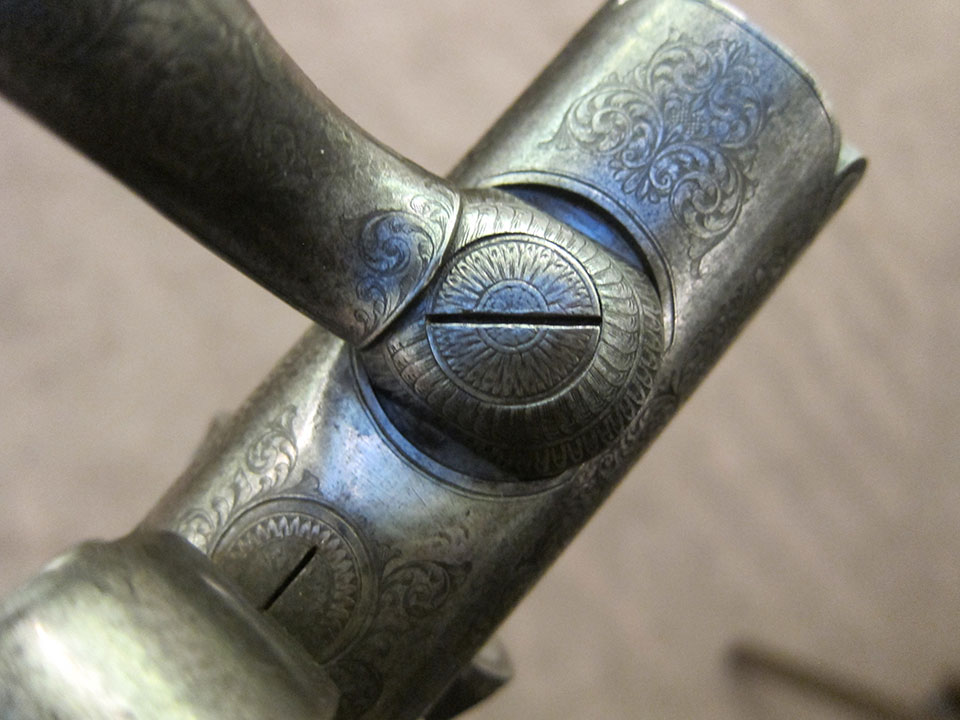
Published by Vintage Guns Ltd on




